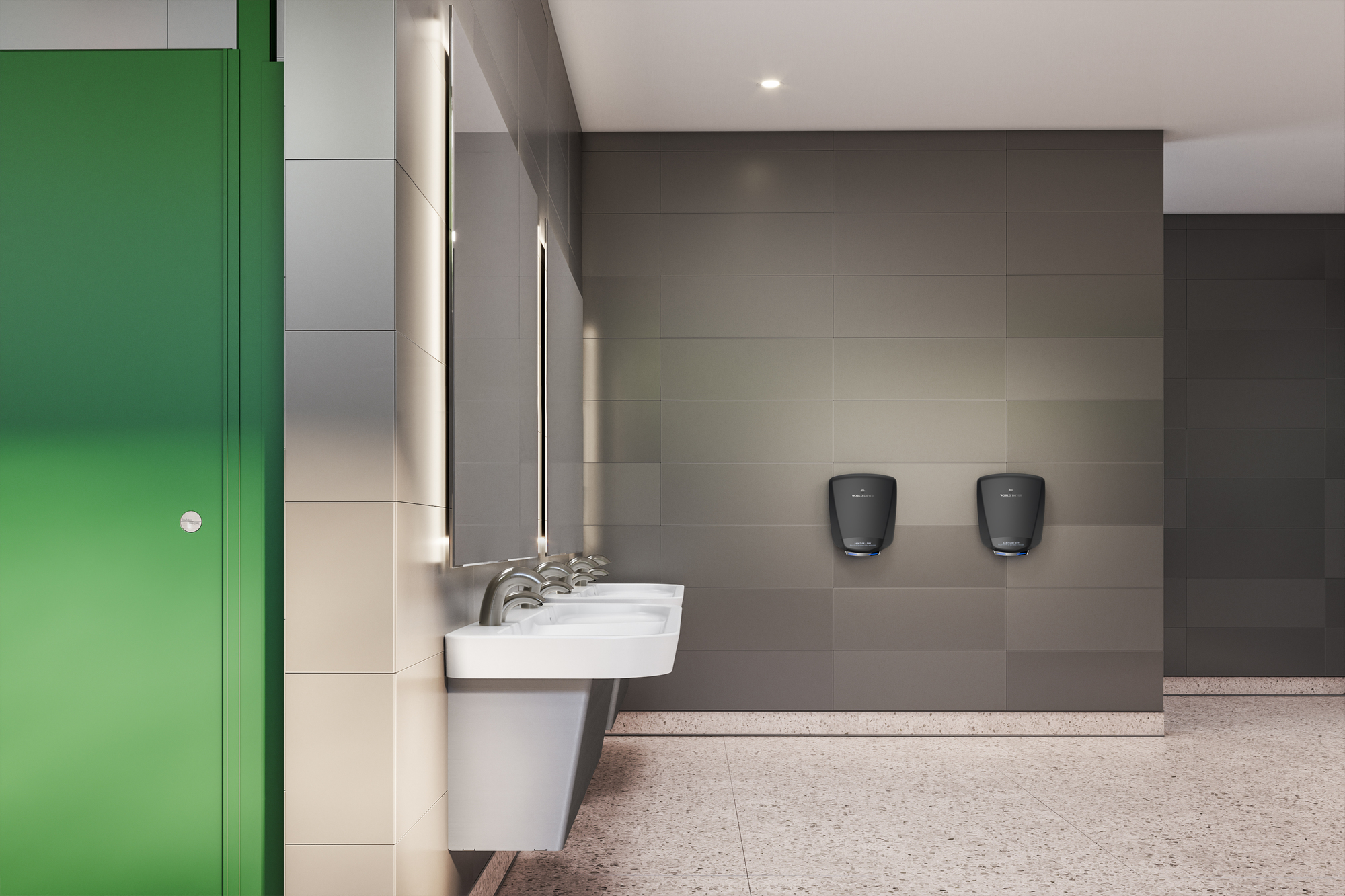
"In the pursuit of cleaner, safer public restrooms, hand dryers have long faced a unique challenge: how to effectively kill germs in fast-moving air. Traditional germicidal technologies-like UV lights and ionizers- struggle to deliver meaningful impact because they only have milliseconds to interact with airborne microbes. Cold plasma technology is emerging as a new contender that could redefine hygiene standards."
"HEPA Filters: are capable of trapping airborne particles, including some but not all bacteria and viruses. However, they don't kill what they capture. Microbes can remain viable on the filter surface, or other dryer surfaces, for hours or even days; potentially becoming a secondary source of contamination. Ultraviolet Lights: can disinfect surfaces they directly illuminate, but in hand dryers, the intensity and exposure time are typically too low to neutralize germs in fast-moving air."
Hand dryers face difficulty killing germs in fast-moving air because microbes have only milliseconds of exposure to germicidal technologies. HEPA filters trap particles but do not inactivate microbes, allowing viable organisms to persist on filters or surfaces and potentially become secondary contamination sources. Ultraviolet lights and ionizers often fail in hand dryers because air velocity and short exposure times reduce their sanitizing effectiveness. Buyers should seek devices with scientific, pathogen-specific testing and integrated testing within the dryer. Cold plasma technology can be integrated into airflow to deliver potent sanitizing effects, as implemented in the SANITIZE + DRY™ Sanitizing Hand Dryer by World Dryer.
Read at ArchDaily
Unable to calculate read time
Collection
[
|
...
]